Project Overview:
This project aims to install a hybrid solar system for a factory in Myanmar, tailored to address the unique challenges posed by the country's electricity situation and climatic conditions. The system is designed to ensure continuous and reliable power supply for the factory's operations, with a focus on maximizing the utilization of renewable energy sources while minimizing reliance on traditional grid power and diesel generators.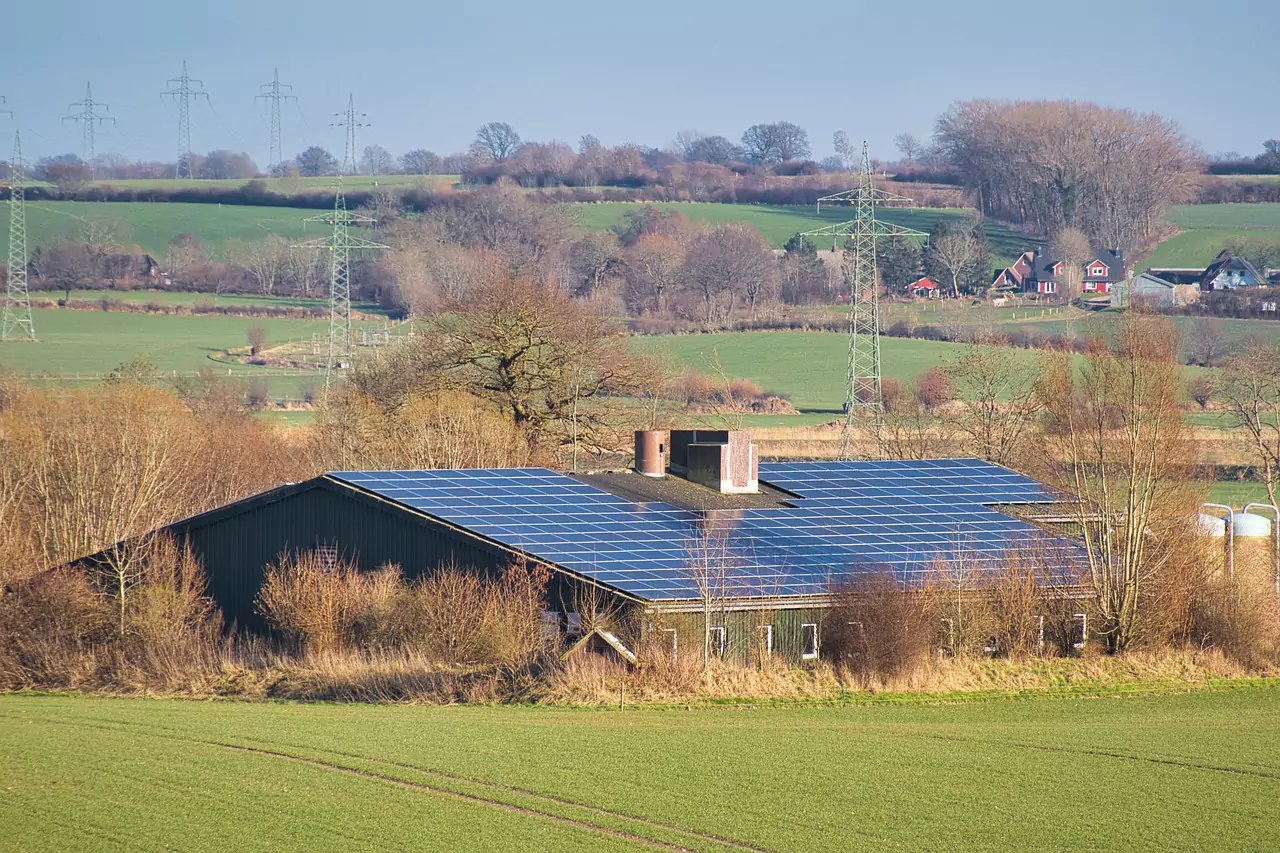
Project Details
- Running Capacity:
- The factory's estimated power requirement is approximately 500kW, with a final capacity to be determined through a detailed assessment. This capacity will ensure that the factory's essential operations can be sustained without interruption.
- Myanmar Electricity Situation and Climate:
- Electricity Availability: The factory faces limited access to government-supplied electricity, with availability restricted to only 4-8 hours per day. This necessitates the implementation of an alternative power source to ensure uninterrupted operations.
- Climatic Conditions: Myanmar experiences a distinct rainy season from June to October, which presents both opportunities and challenges for solar power generation. While abundant sunlight during the dry season supports high solar output, the rainy season can reduce solar panel efficiency due to cloud cover and precipitation.
- System Requirements:
- Hybrid Inverter Functionality: The core of the system will be a hybrid inverter capable of seamlessly integrating solar power, generator power, and government electricity. This inverter will intelligently manage the power sources based on availability and demand, ensuring optimal energy utilization.
- Automatic Backup from Generator: In instances where solar power is insufficient to meet the factory's energy needs, the system will automatically switch to generator power to maintain a continuous power supply. This feature ensures that the factory's operations are not disrupted by temporary shortages in solar energy.
- Inverter Data Requirements:
- Detailed specifications and performance data for the hybrid inverter are crucial to the success of the project. Key data points include:
- Maximum input and output capacity
- Efficiency ratings under various conditions
- Compatibility with the factory's existing electrical infrastructure
- Ability to integrate with solar panels, generators, and the grid
- Monitoring and control features for remote management and troubleshooting
- Detailed specifications and performance data for the hybrid inverter are crucial to the success of the project. Key data points include:
System Design and Implementation
- Solar Array Design: Based on the factory's power requirements and the local climate, a suitable solar array will be designed to maximize energy generation during peak sunlight hours. The array will be positioned to minimize shading and optimize tilt angle for maximum solar exposure.
- Generator Integration: A diesel generator will be integrated into the system as a backup power source. The generator will be sized to cover the factory's peak power demand during periods of low solar output or grid power unavailability.
- Hybrid Inverter Selection and Installation: A high-efficiency hybrid inverter will be selected based on the project's specific requirements. The inverter will be installed and configured to seamlessly integrate with the solar array, generator, and grid connection.
- Monitoring and Maintenance: A comprehensive monitoring system will be implemented to track the performance of the solar array, generator, and inverter in real-time. This will enable prompt identification and resolution of any issues, ensuring optimal system performance and reliability.
Conclusion
The implementation of a hybrid solar system for the factory in Myanmar addresses the challenges posed by limited grid power availability and variable climatic conditions. By integrating solar power, generator power, and grid electricity, the system ensures a reliable and sustainable power supply for the factory's operations. The use of a hybrid inverter with advanced monitoring and control features further enhances the system's efficiency and maintainability, making it an ideal solution for factories seeking to reduce their reliance on traditional power sources.



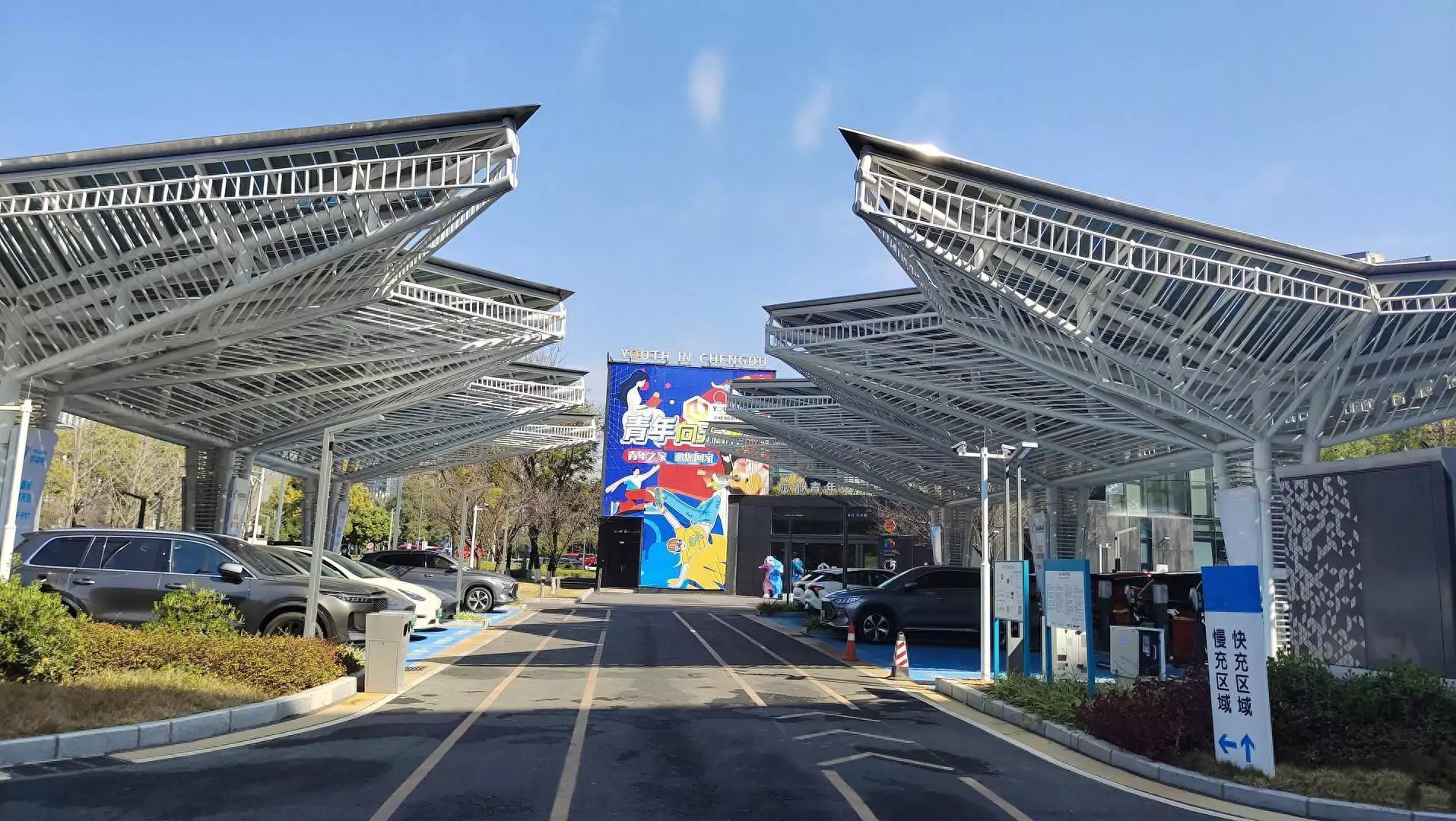
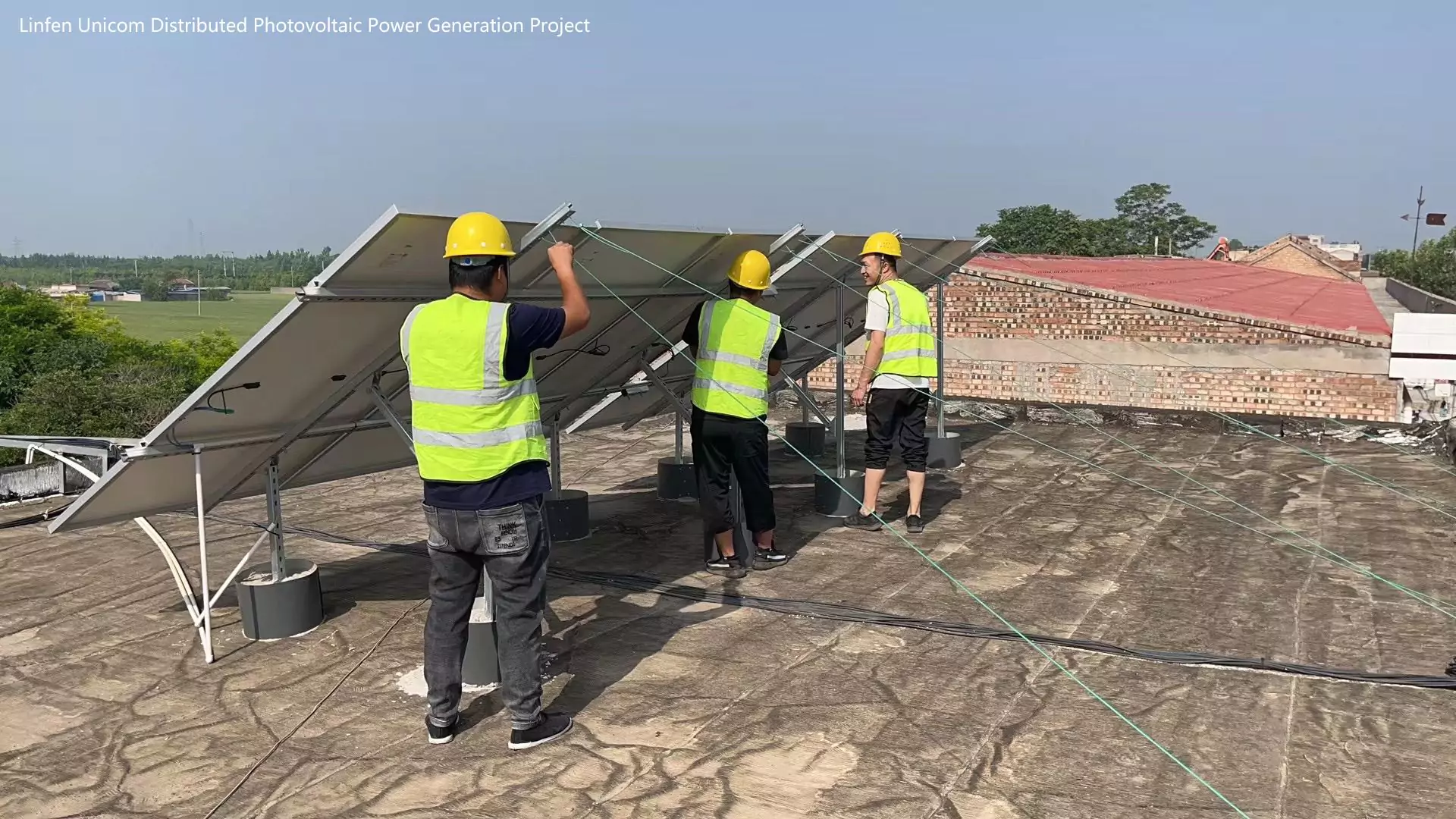
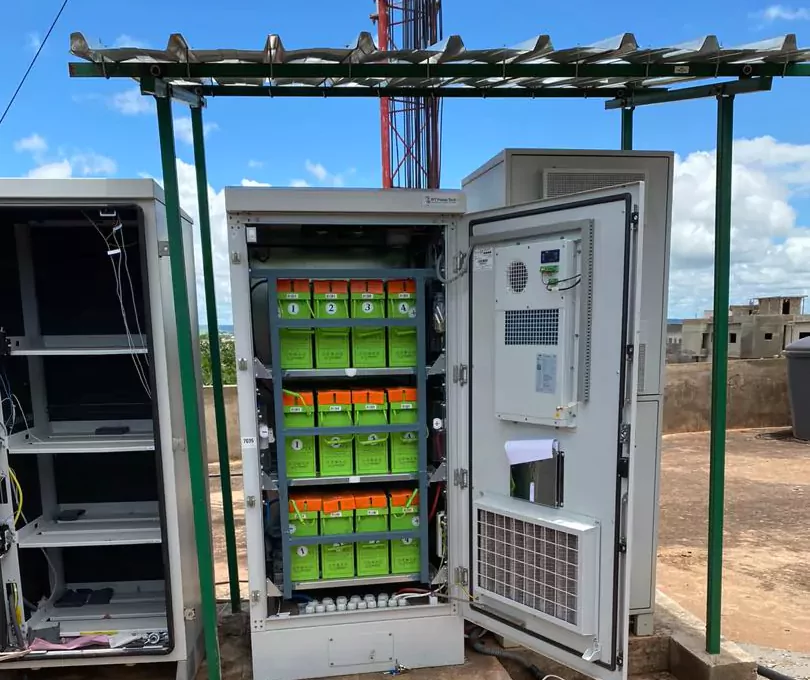
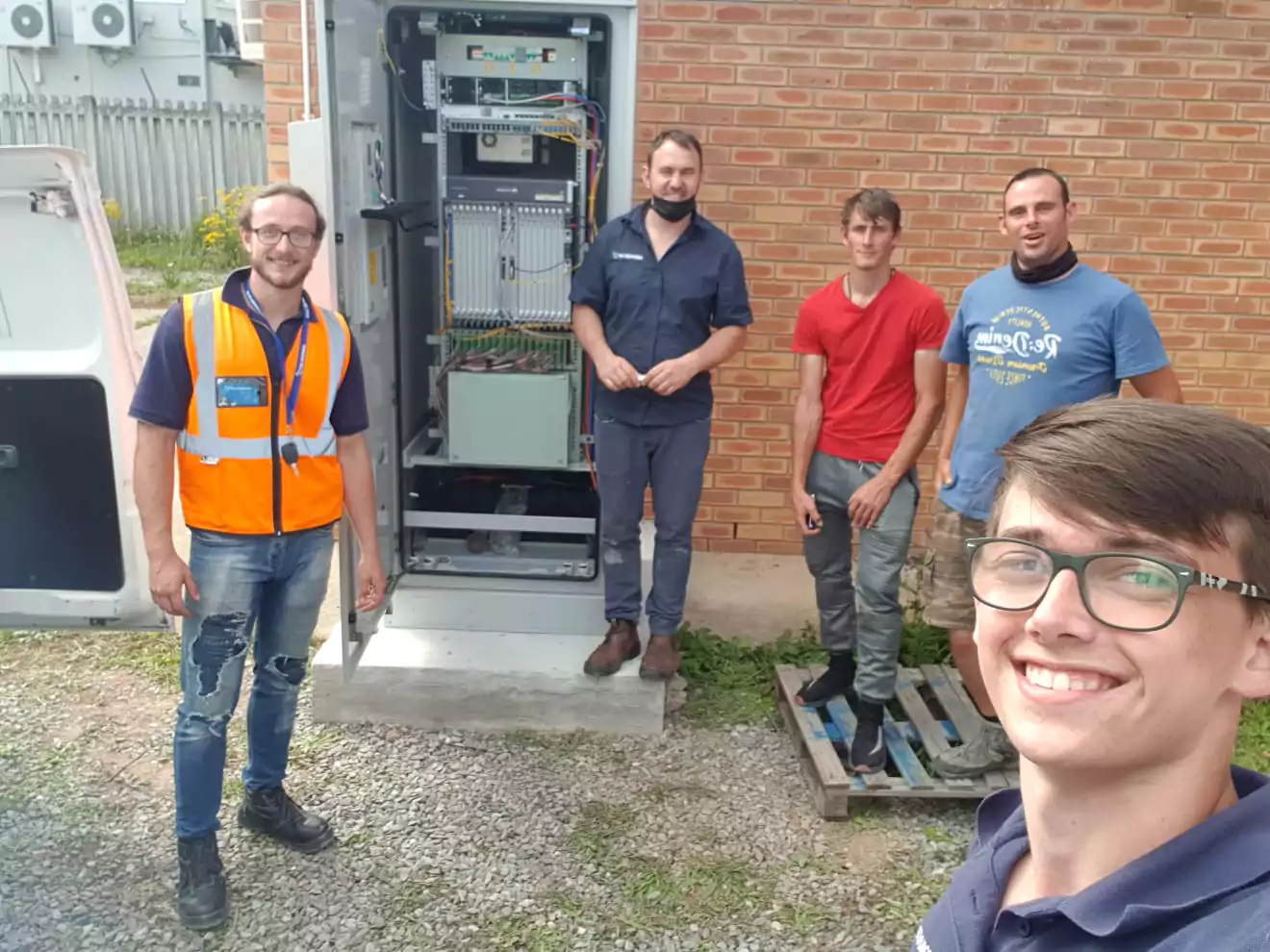
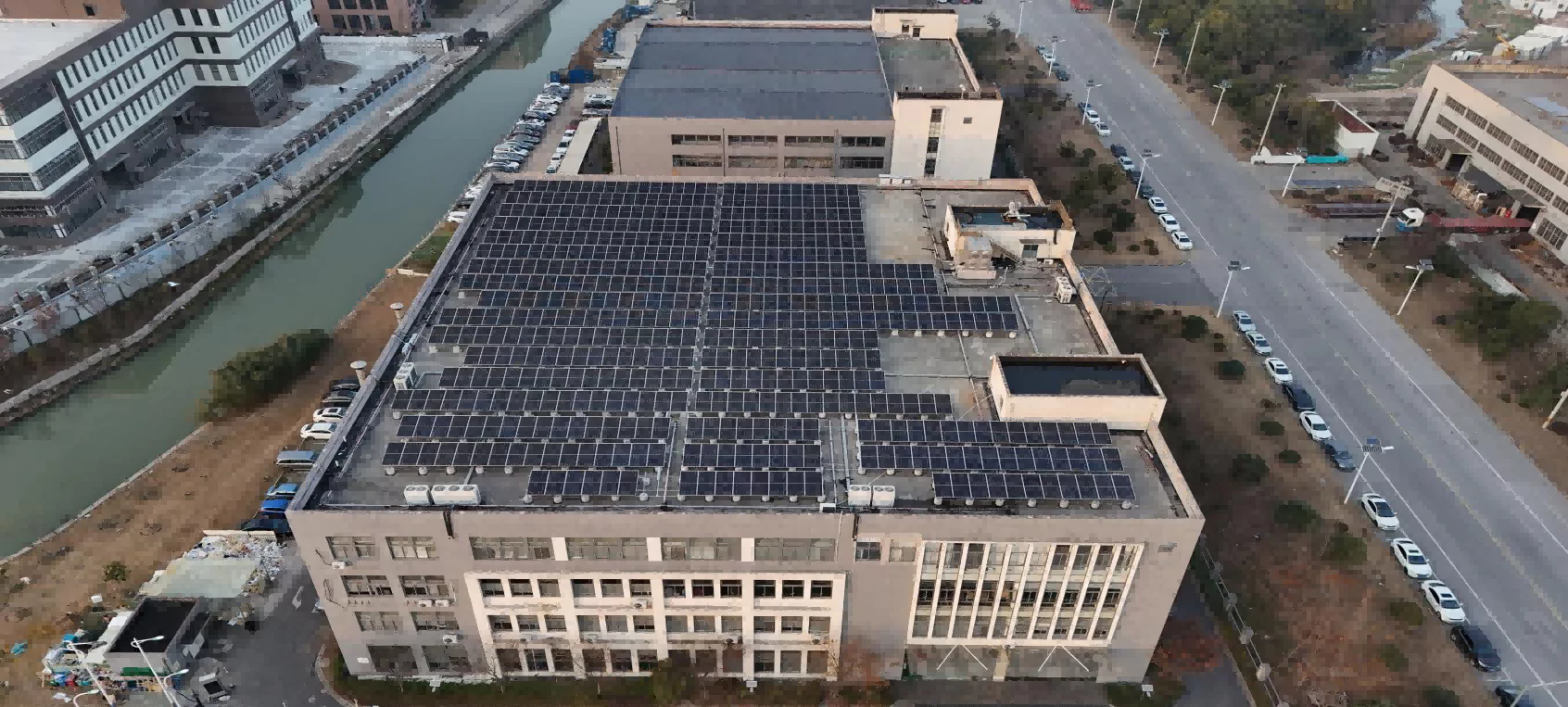
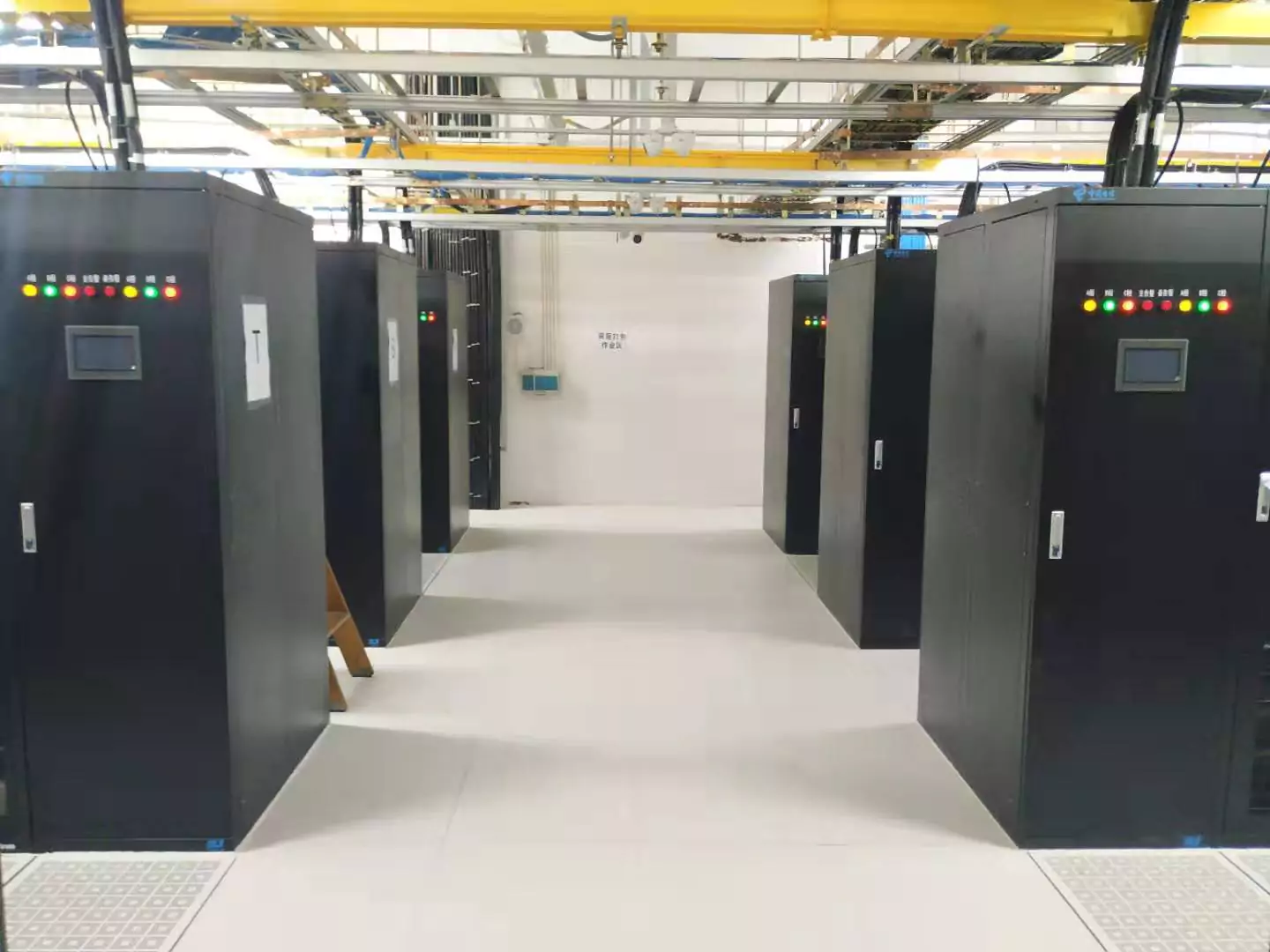

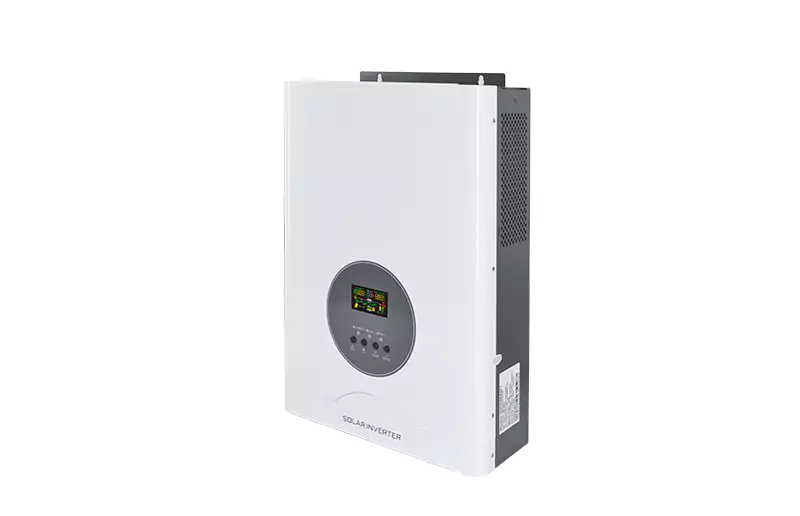

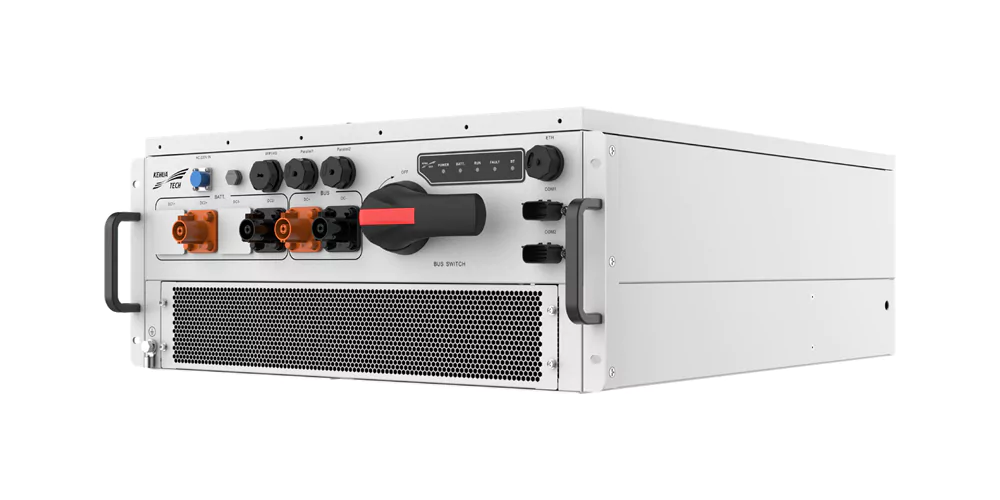
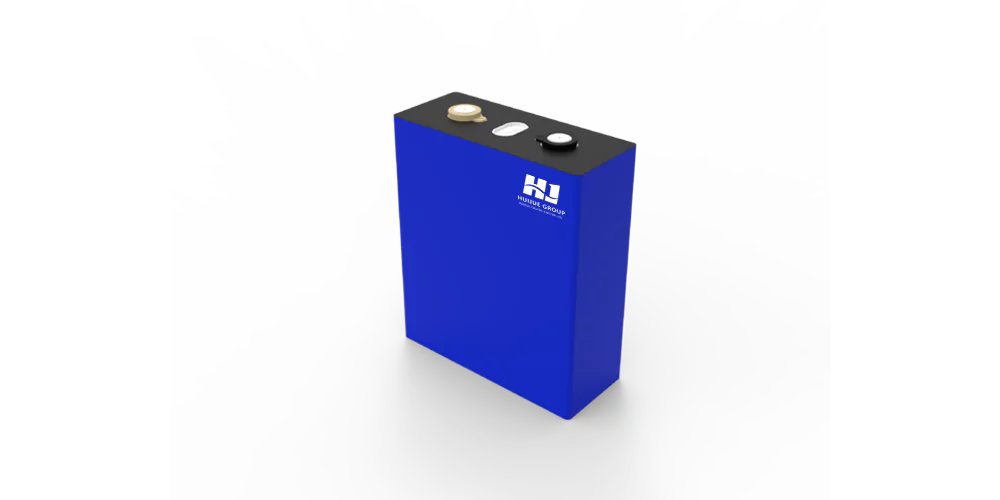
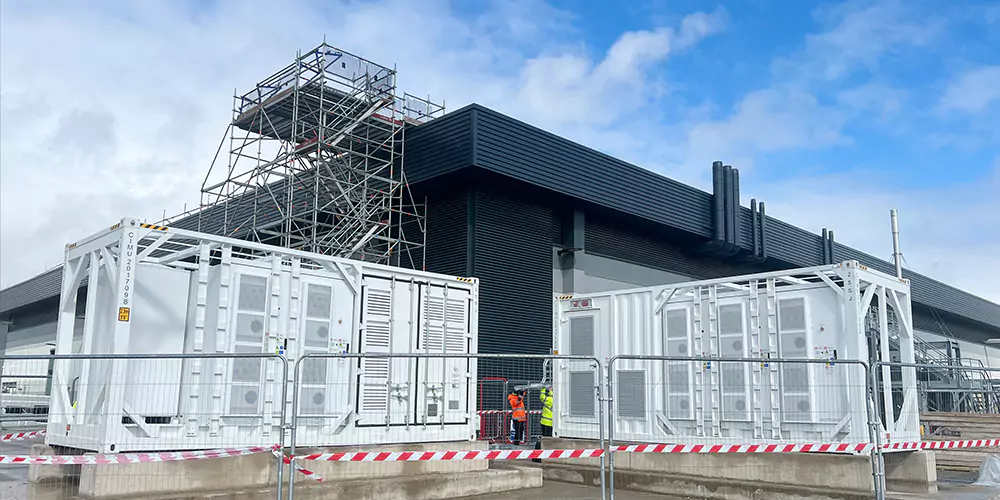
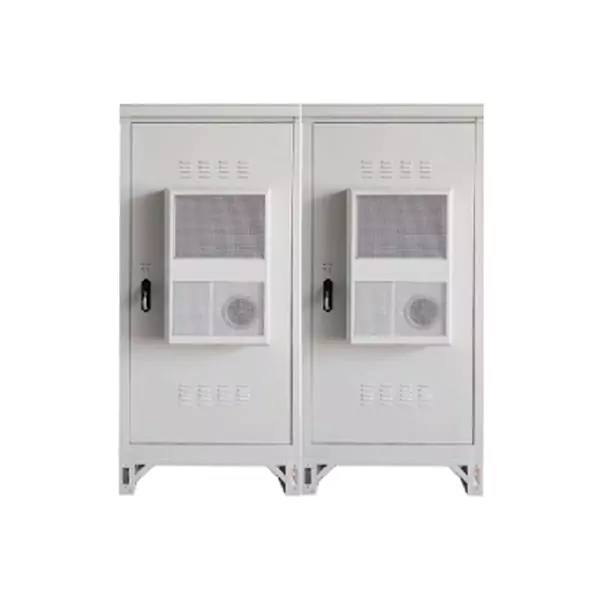
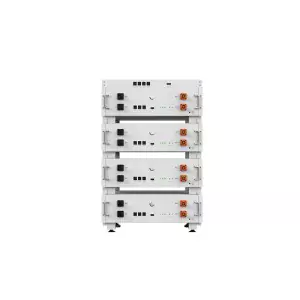
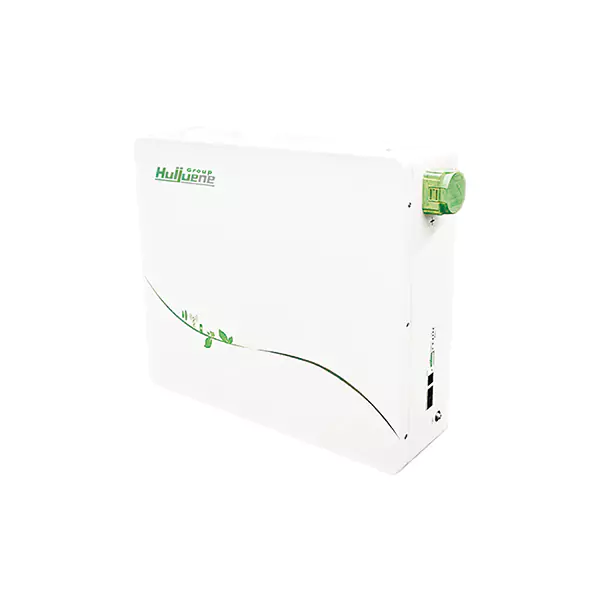
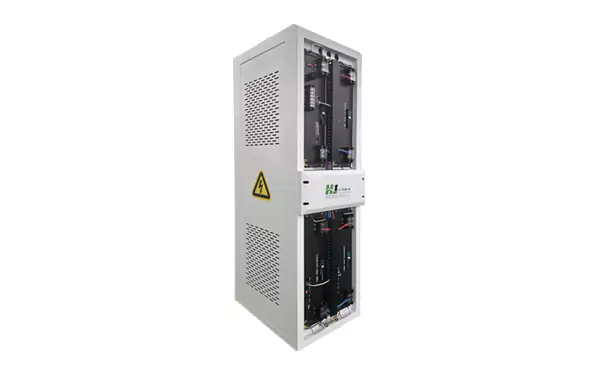
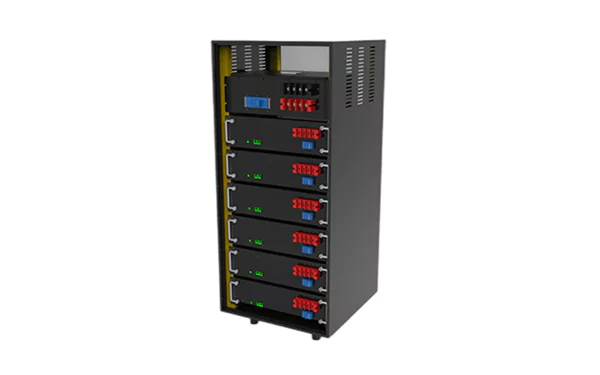
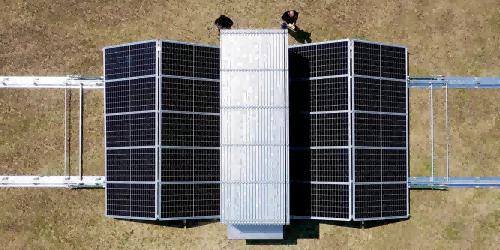
 Inquiry
Inquiry Online Chat
Online Chat